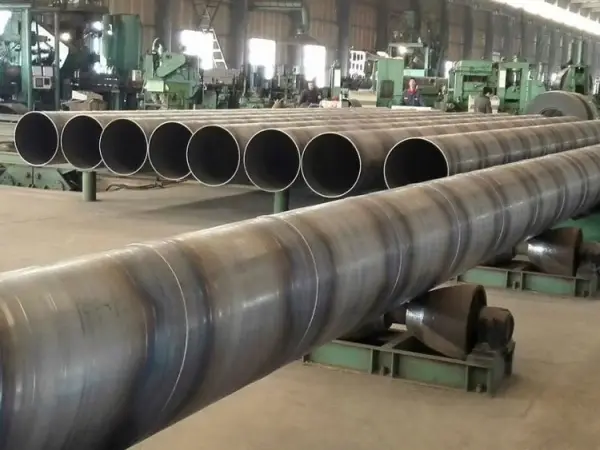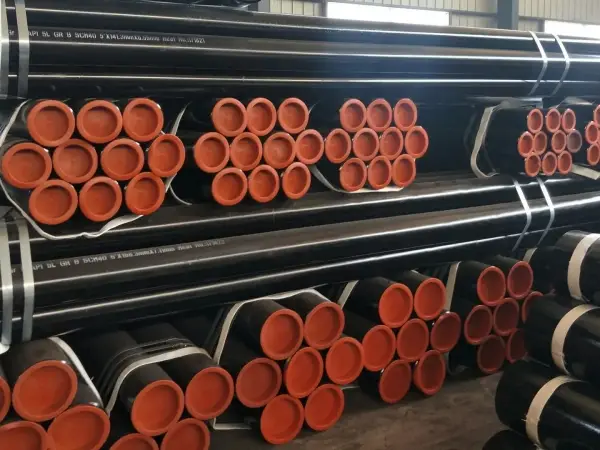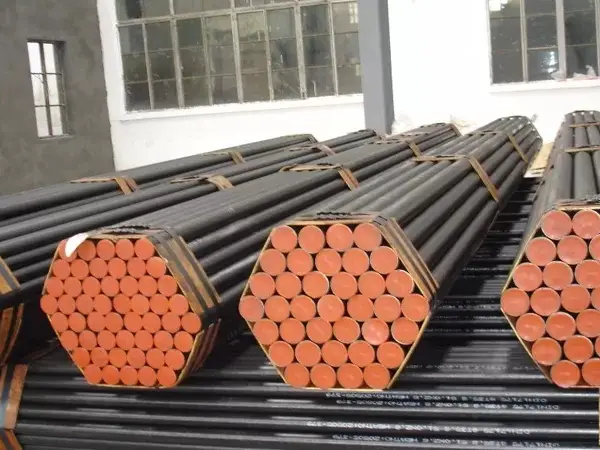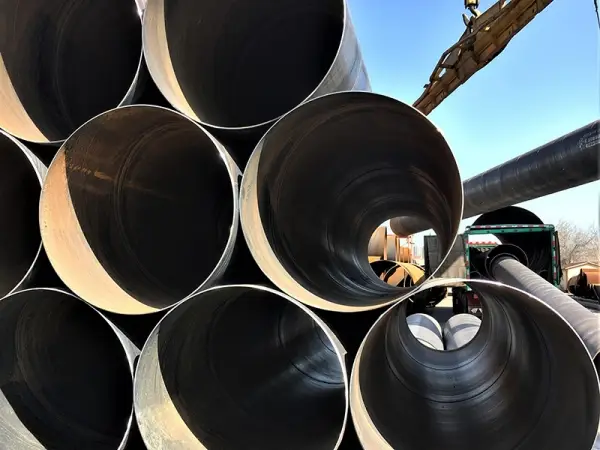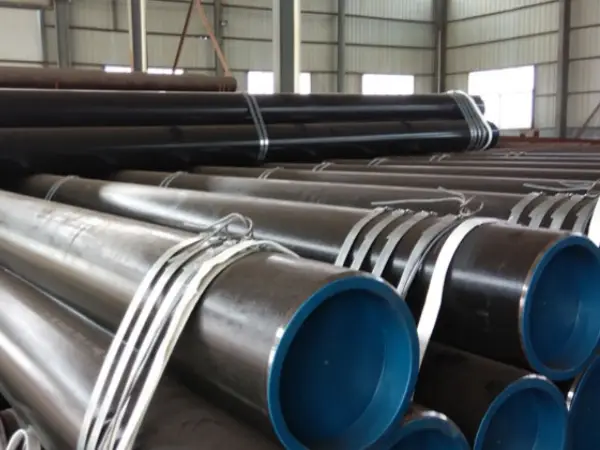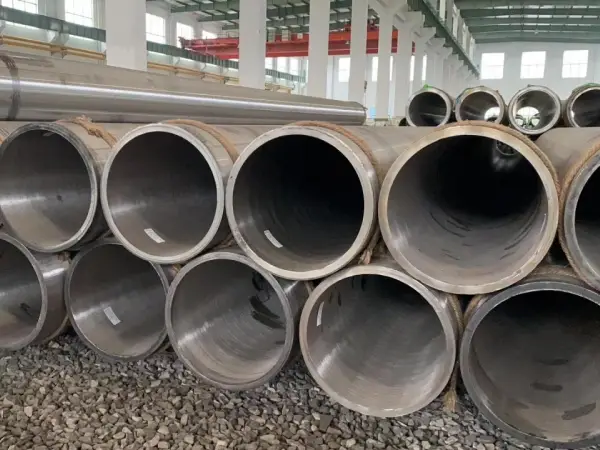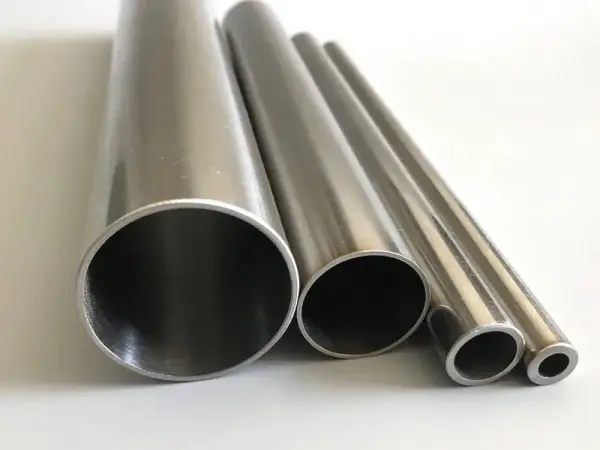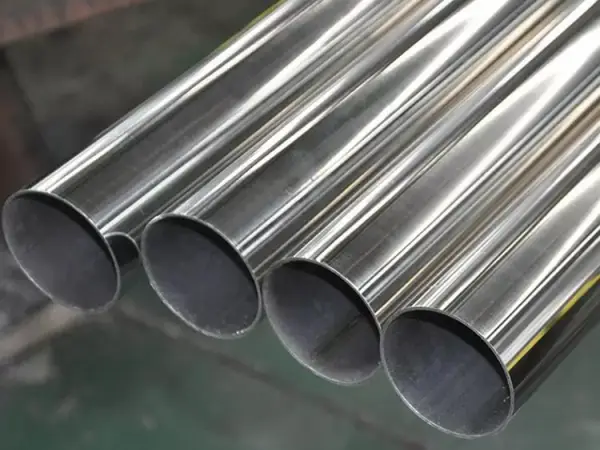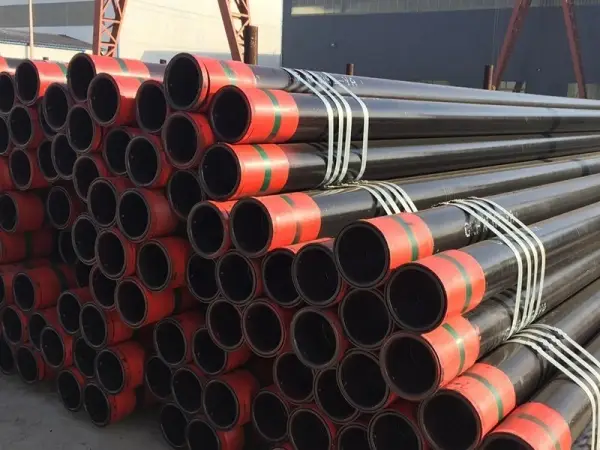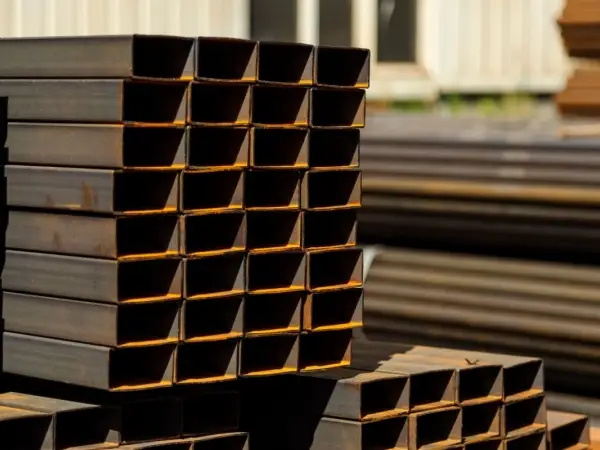-
2024-07-01Product News
SSAW steel pipes applications and welding techniques
SSAW (Spiral Submerged Arc Welding) steel pipes are extensively used in a variety of construction projects, such as bridge construction, real estate development, and highway billboard supports. Their strength and durability make them ideal for these demanding applications. Did you know that there are three distinct methods for producing spiral welded seams in SSAW steel pipes? Let's explore these methods.
-
2024-07-01Product News
Benefits and considerations of seamless steel pipe
Seamless steel pipes (SMLS) are increasingly favored for heating systems due to their advanced production techniques and outstanding performance. This article delves into the benefits of seamless steel pipes and outlines essential considerations for their use.
-
2024-06-28Product News
Types of seamless casing pipe
Seamless casing pipe is a steel pipe used to support the walls of oil and gas wells, ensuring the normal operation of the well after drilling and completion. Each well employs multiple layers of casing based on different drilling depths and geological conditions. Once the casing is in place, cement is used to secure it. Unlike tubing and drill pipes, casings are single-use consumable materials and cannot be reused. As a result, casing consumption accounts for over 70% of all oil well pipes.
-
2024-06-28Product News
DIN 2448 seamless steel pipes
DIN 2448 standard covers seamless steel pipes, which are essential in various industrial applications due to their durability and reliability. This article will briefly introduce DIN 2448 seamless steel pipes.
-
2024-06-27Product News
Test methods for API 5L line pipe
API 5L is the implementation standard for steel pipes used in pipeline transportation systems. This specification covers various grades, including Grade B, X42, X46, X52, X56, X60, X65, X70, and X80, and is divided into two product specification levels: PSL1 and PSL2. API 5L pipes are primarily used for oil and gas transmission, but they are also suitable for transporting other fluids like steam, water, and slurry. Below, we detail the testing methods for API 5L line pipes.
-
2024-06-27Product News
Precautions for SSAW steel pipe installation
Proper installation of SSAW (Spiral Submerged Arc-Welding) steel pipes is essential to ensure their longevity and performance. Here are key precautions to consider during the installation process.
-
2024-06-26Product News
SCH 80 seamless steel pipe
Seamless (SMLS) steel pipes are produced through a process involving heating, perforating, rolling, and cooling steel billets. These pipes are extensively used in specialized fields such as petroleum, chemical, and natural gas industries.
-
2024-06-26Product News
Anti-corrosion methods of seamless steel pipes
Seamless steel pipes require various anti-corrosion treatments depending on their use and environmental conditions. These treatments extend the service life of the pipes, reduce maintenance costs, and improve safety. Below are the common anti-corrosion methods used for seamless steel pipes.
-
2024-06-25Product News
Extrusion production process of precision seamless steel pipe
This article will briefly introduce extrusion production process of precision seamless steel pipe.
-
2024-06-25Product News
What are 201 stainless steel pipes?
Stainless steel pipes are essential materials in modern industry, known for their corrosion resistance, high strength, and high-temperature resistance. They play a crucial role in construction, the chemical industry, medicine, food processing, and other fields. Among them, 201 stainless steel pipes have unique characteristics and diverse applications. This article will talk about whatare 201 stainless steel pipes.
-
2024-06-24Product News
Introduction to P110 OCTG oil casing pipe
The P110 oil casing pipe is a crucial component in the oil and gas industry, specifically designed to support and stabilize the walls of oil and gas wells. This type of casing is engineered to withstand the high pressures and harsh conditions often encountered in deep drilling operations. Understanding its properties, manufacturing process, and applications is essential for ensuring the safety and efficiency of drilling projects.
-
2024-06-24Product News
Difference between ASTM A513 and ASTM A500 rectangular tubing
ASTM A500 is the standard specification for cold-formed welded and seamless carbon steel structural pipe in round, square, and rectangular shapes. ASTM A500 is the most common specification for hollow structural sections (HSS) in North America. ASTM A513 is an ASTM standard for resistance welded carbon and alloy steel pipe used in mechanical structures. This article will talk about the difference between ASTM A513 and ASTM A500 rectangular tubing.
